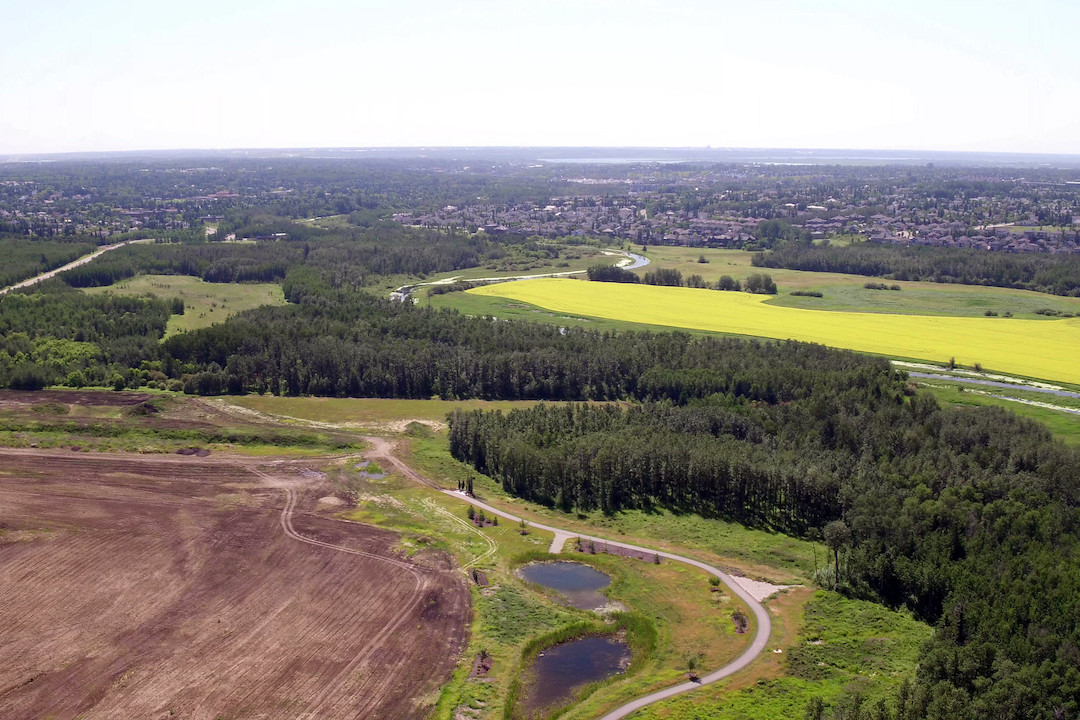|
|
|
You are using an out of date browser. It may not display this or other websites correctly.
You should upgrade or use an alternative browser.
You should upgrade or use an alternative browser.
- Thread starter Kosy123
- Start date
MacLac
Senior Member
Hmmmm….. thought all this time those were the numbers for YEG only?
IanO
Superstar
EdmTrekker
Senior Member
The 2022 numbers state Edmonton CMA received only 1/6 (30,000) of all Alberta immigrants (200,000).
I find that hard to believe.
I find that hard to believe.
Kosy123
Active Member
Conference Board of Canada numbers for that year are much more than that for 2022, so could be a case of StatsCan being conservative in their estimates.The 2022 numbers state Edmonton CMA received only 1/6 (30,000) of all Alberta immigrants (200,000).
I find that hard to believe.
David A
Senior Member
Likewise. I also notice the different wording - net migration vs. net population growth, so I feel the charts may not be measuring exactly the same thing.The 2022 numbers state Edmonton CMA received only 1/6 (30,000) of all Alberta immigrants (200,000).
I find that hard to believe.
Gronk!
Senior Member

EMRB plans for one million more people by 2050
The Edmonton Metropolitan Region Board is reviewing its plan for how the region grows in the future, and how it can accommodate a lot more people and jobs, but also retain agricultural land.
Glenco
Senior Member
One million more people in 25 years would take a 2% annual growth in that time frame. A reasonable assumption
occidentalcapital
Senior Member
If anything, 2% seems low?One million more people in 25 years would take a 2% annual growth in that time frame. A reasonable assumption
Glenco
Senior Member
2% is sustainable anything more over time would cause issues.
IanO
Superstar
^bingo.
2% is generally regarded as ideal for growth across a variety of metrics.
2% is generally regarded as ideal for growth across a variety of metrics.
occidentalcapital
Senior Member
Isn't the point of the planning exercise to plan for actual growth, not what the ideal would be?^bingo.
2% is generally regarded as ideal for growth across a variety of metrics.
David A
Senior Member
As the saying goes, predictions are hard, especially about the future. So I feel planners sometimes just predict what they want to have happen.
Also in reality that two percent long term average could include both years well above that and years below that.
Also in reality that two percent long term average could include both years well above that and years below that.
ChazYEG
Senior Member
Looking at Canada's projection for 2050 and the last 25 years of trend for Edmonton, I wouldn't be shocked if we were at a 2.5% growth rate over the next 25 years, or even 3%. I would rather the region was preparing for adding 1.5-2M people within this span, and be over prepared than falling short because they were too timid with their projections.As the saying goes, predictions are hard, especially about the future. So I feel planners sometimes just predict what they want to have happen.
Also in reality that two percent long term average could include both years well above that and years below that.
IanO
Superstar
Isn't the point of the planning exercise to plan for actual growth, not what the ideal would be?
2% permits infrastructure and services to generally keep up and not stress the community, budgets and integration of new projects into a city.






